The 40 Most Enduring Myths in American History
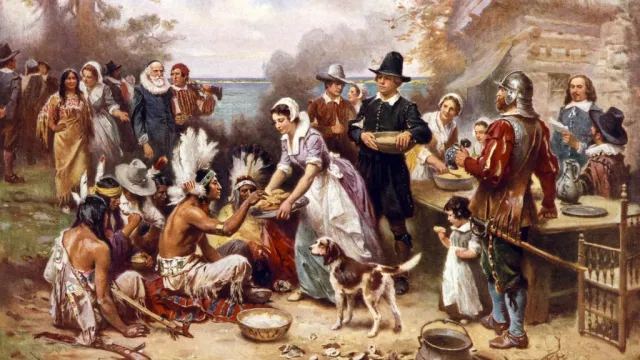
Even the idea of “fake news” being a relatively new phenomenon is, well, fake news. Our country was founded on fake news, and our first president—well, first-ish, but we’ll get to that later—had so much fake news written about him that he makes Trump look like an amateur. People are still claiming that Washington had wooden teeth. He actually had dentures made out of metal and ivory, and you can see the things on display at his home in Mount Vernon. But nope, the myth about his wooden teeth continues to endure two centuries later. So read on to take closer look at a few of the most enduring American myths and half-truths. And while you’re boning up on all things U.S. of A., don’t miss the 23 Freedoms Americans Totally Take for Granted.
1
A young George Washington “cannot tell a lie.”
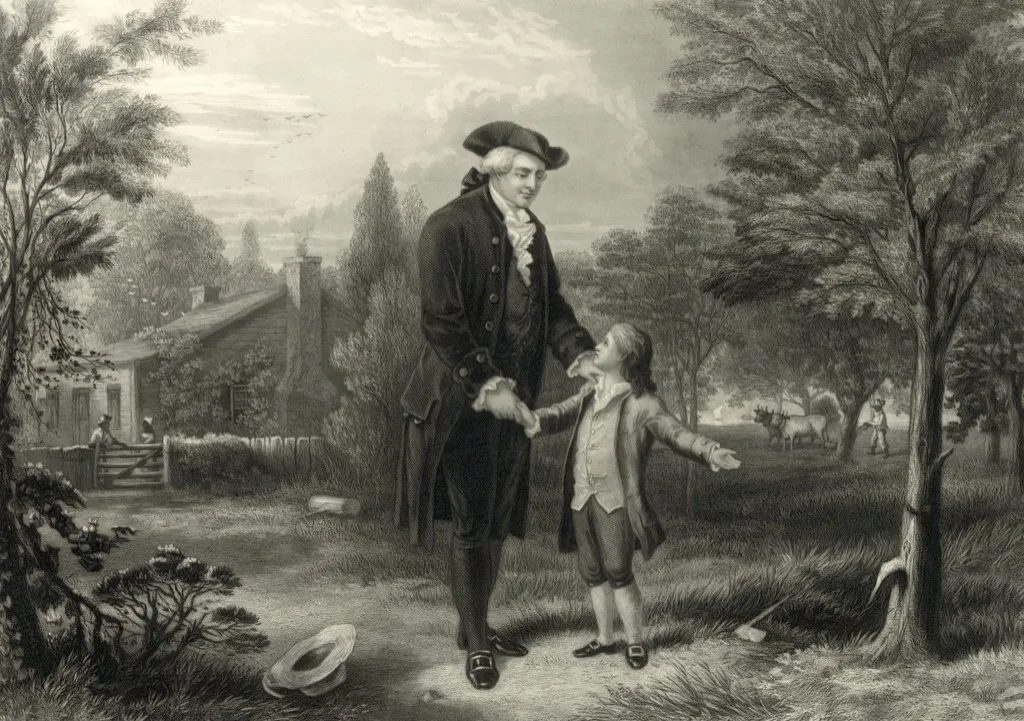
According to legend, when George Washington was just six years old, he chopped down his dad’s cherry tree with a hatchet. When his dad confronted him about it, George supposedly confessed to everything, claiming “I cannot tell a lie.” A nice tale, if only it was true. Turns out, the story first appeared in an 1806 autobiography of Washington, whose writer admitted that he was just trying to show how our most beloved president’s “unparalleled rise and elevation were due to his Great Virtues.” And if you want to have your worst assumptions about your elected officials confirmed, here are 9 Times Politicians Totally Lost It and Things Got Physical.
2
Baseball was invented in Cooperstown.
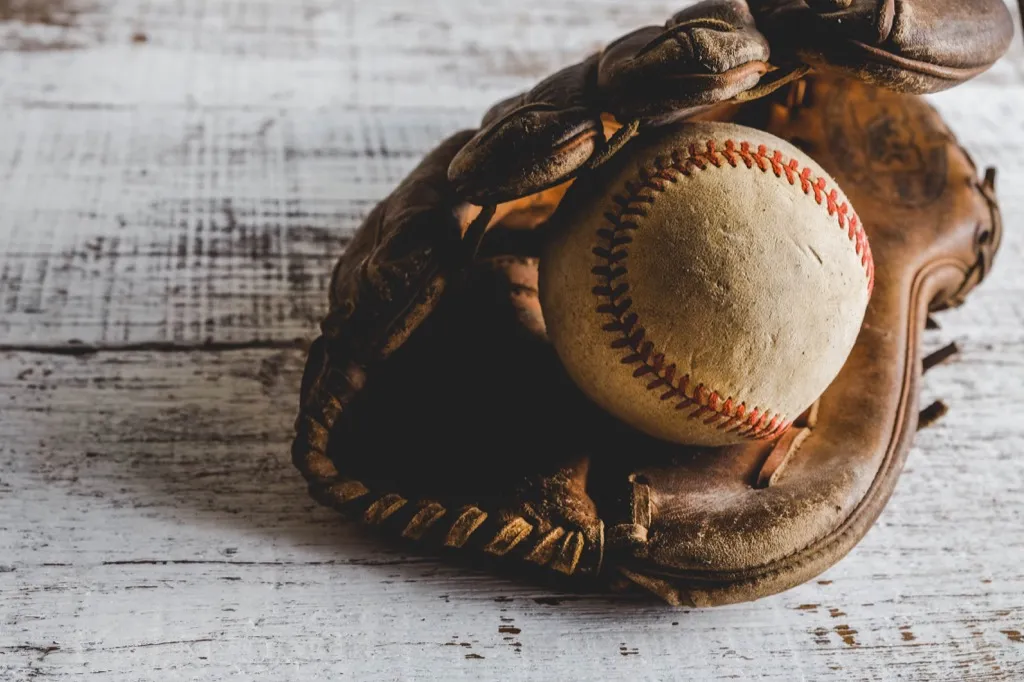
Every fan of America’s pastime knows it was born in Cooperstown, New York. But that history is an invention, cooked up in 1907 by a committee charged with figuring out the origins of baseball. They gave the credit to Abner Doubleday, a Civil War hero who allegedly invented the game in Cooperstown in 1839. The truth is, Doubleday wasn’t even a fan of the sport, much less its creator. Variations on baseball have been around since the 18th century, from children’s games like rounders to cricket. Baseball as we know it today was the brainchild of New Yorker Alexander Joy Cartwright, a volunteer firefighter and bank clerk who came up with the three-strike rules, the diamond-shaped infield, and all the foul lines. Want to continue flexing your newfound wisdom? Here are 30 Words That Will Make You Sound Smarter.
3
Columbus’ discovery of America.
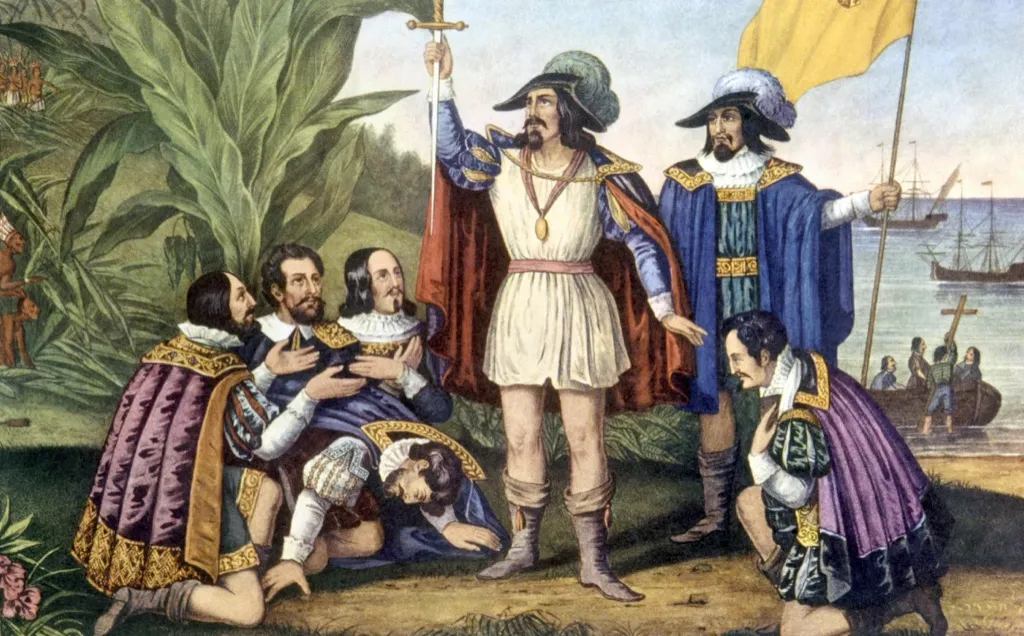
How this European explorer still gets all the credit, and even his own holiday, is astonishing. Let’s start with the basics. You can’t “discover” something that’s already occupied. That’s like “discovering” the leftover pizza in your friend’s refrigerator. But even if you discount the Native Americans, Columbus was still 500 years too late to call himself the first European to think America was his personal Costco. Norse explorer Leif Erikson beat him to the punch, landing on these shores during the 10th century. What’s more, Columbus didn’t even set foot on what would become the United States. He landed on several Caribbean islands, and later Central and South America. And for more history-correcting facts, meet (or, rather, don’t) the 50 Famous People Who Never Existed.
4
Witches were burned at the stake at Salem.
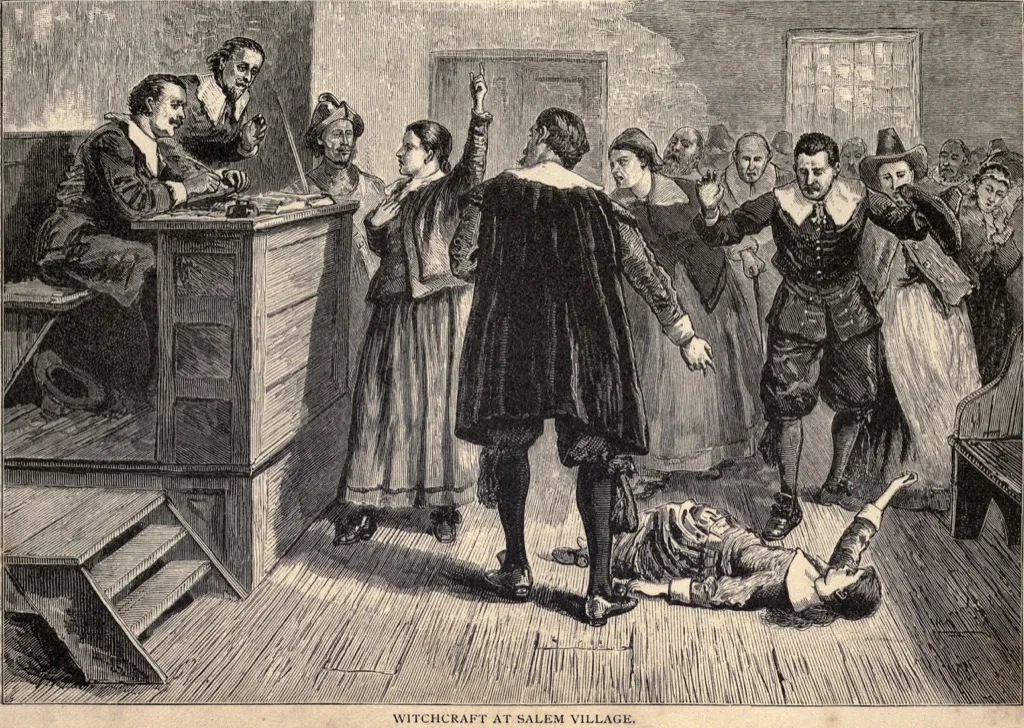
If you’re looking for examples of epic Jerkdom, you can’t do much better than the witch trials of Salem, Massachusetts. Between February, 1692 and May, 1693, nearly 200 people were accused of practicing “the Devil’s magic,” including the elderly, homeless, and a 4-year-old girl who was grilled on the stand. Most were jailed, but 19 were hanged on what would soon be known as “Gallows Hill,” and a 71-year-old man was crushed with heavy stones. But nobody got burned. Nada. Not a single person ever shouted out, like a character from a Monty Python sketch, “She’s a witch! Burn her!” Sorry.
5
Paul Revere’s midnight ride.
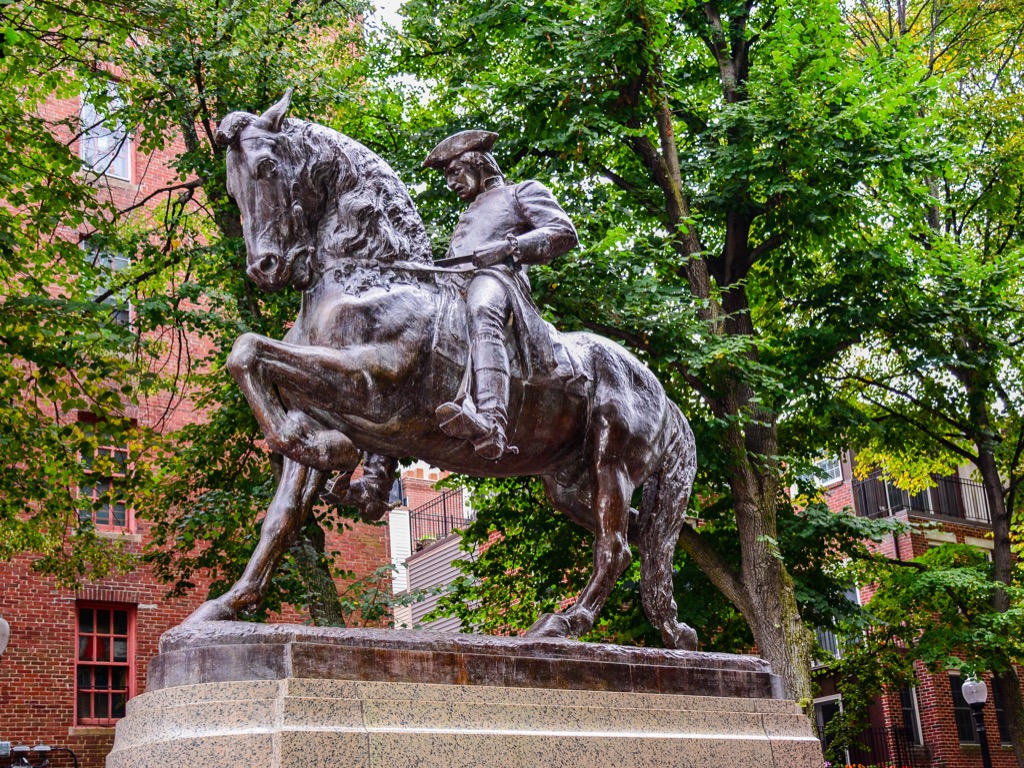
Paul Revere shouting “The British are coming!” in the streets would have been the modern day equivalent of running down Times Square in New York and shouting, “The Americans are coming!” At that point, the colonies were still technically British, and not everybody was cool with the idea of a revolution. More likely, Paul Revere—and he was just one of dozens assigned to put the word out in Boston—whispered his alarm, and instead of warning of the British, he likely said, “The regulars are coming out.” We have Henry Wadsworth Longfellow’s patriotic poem to thank for anybody even knowing Paul Revere’s name at all.
6
Benjamin Franklin thought turkeys should be our national bird.
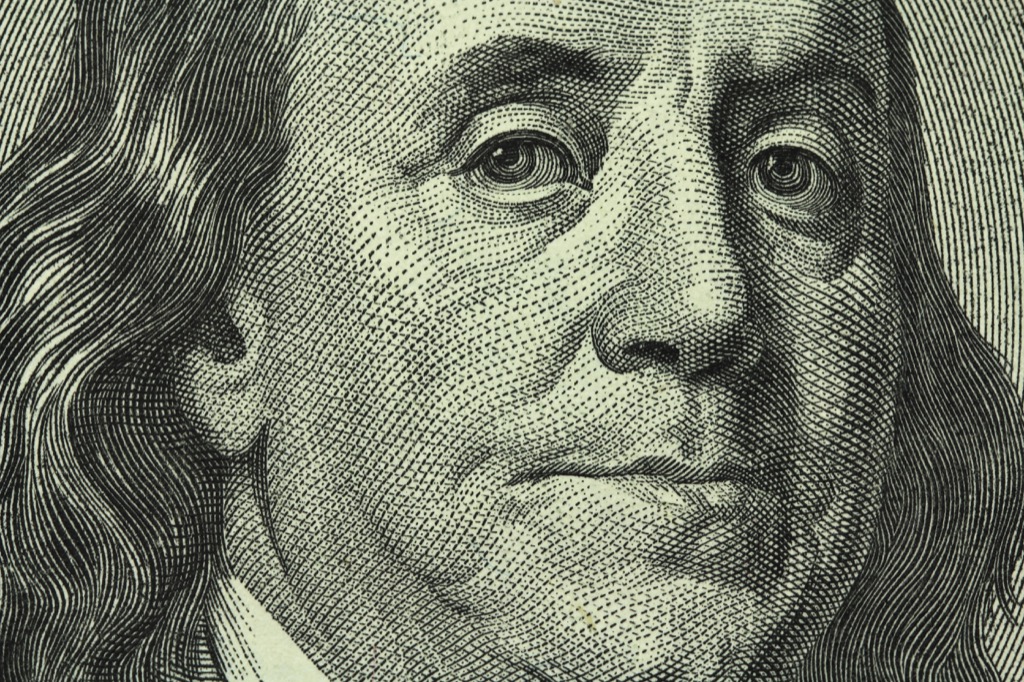
Misinterpreting jokes isn’t unique to our century. Writing to his daughter from Paris in 1784, Benjamin Franklin complained to his daughter Sarah that the newly-formed United States was seriously considering the bald eagle as their national symbol. The bald eagle had a “bad moral character,” Franklin wrote, and was a “rank coward” who “does not get his living honestly” because it just steals food from other birds and is “too lazy to fish for himself.”
He noted that the proposed drawing looked more like a turkey, which he joked was a better idea, as a turkey is “a true original native of America” and a bird of courage who would not hesitate “to invade his farm yard with a red coat on.” If only he’d remembered to include a smiley-face emoticon, nobody would have been confused.
7
Walt Disney drew Mickey Mouse.
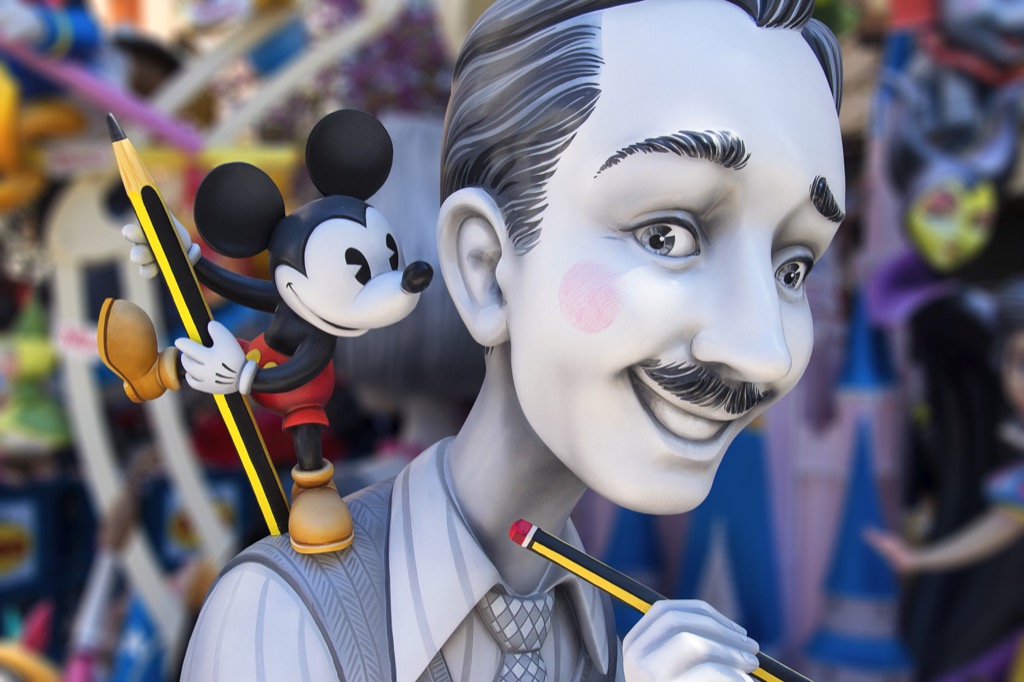
The legendary animation pioneer, the guy who made “I’m going to Disneyland” the most common expression of celebration in the free world, didn’t actually draw his most famous creation. Sure, Mickey Mouse was his idea, and he provided the voice. But everything iconic about Mickey Mouse—the pancake ears, the red shorts—are the creation of Ub Iwerks, Disney’s favorite animator. The next time you see somewhere wearing a Mickey Mouse shirt, be sure to tell them, “Ah, I see you’re a fan of Ub Iwerks.”
8
Cowboys wore cowboy hats.
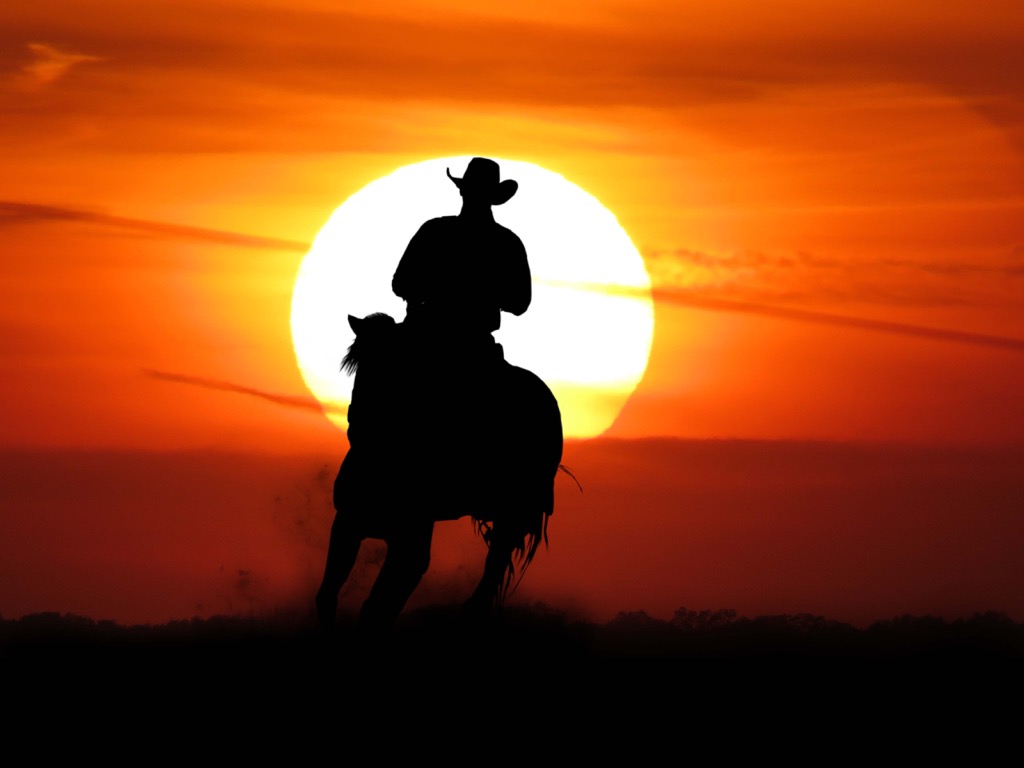
Have you ever seen a photo of an actual cowboy—not actors like John Wayne or Clint Eastwood, we mean real cowboys like Butch Cassidy, Wyatt Earp, Bill Doolin, or Billy the Kid —when they’re wearing cowboy hats? Probably never. Real cowboys from the American frontier, both the good guys and the bad guys, had no interest in those big, bulky Stetsons that everyone associates with them. The most popular headgear among 19th century gunslingers was a bowler, sometimes called a derby. We don’t know what Billy the Kid is wearing in his most iconic photo. Maybe an almost crushed top hat?
9
The Declaration of Independence was signed on July 4th.
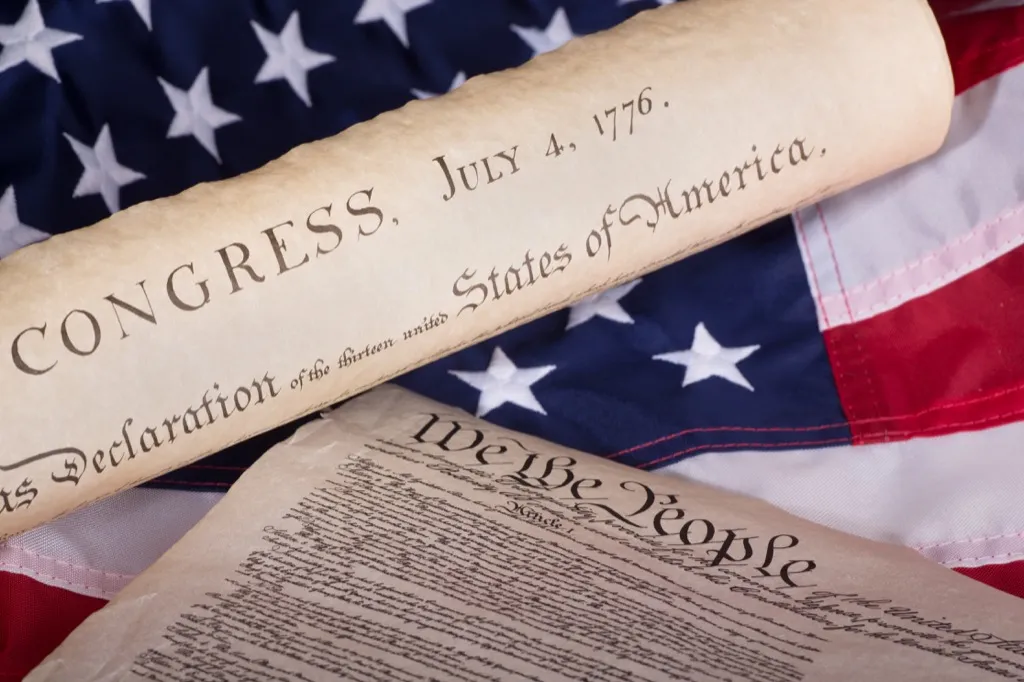
You know how people today like to complain that you can never trust the government? Turns out that’s been true since the beginning. The Continental Congress voted for independence and drafted the declaration on the 2nd of July, a revision was approved on the 4th, it was read aloud for the first time on the 8th, and the final document wasn’t signed until August 2nd. John Adams, our second president, was convinced that July 2nd would become the annual holiday. “It ought to be solemnized with Pomp and Parade with shews, Games, Sports, Guns, Bells, Bonfires and Illuminations from one End of this continent to the other from this Time forward forever more,” he wrote. You were sooooo close, Johnny boy.
10
The 1929 Wall Street crash caused many suicides.
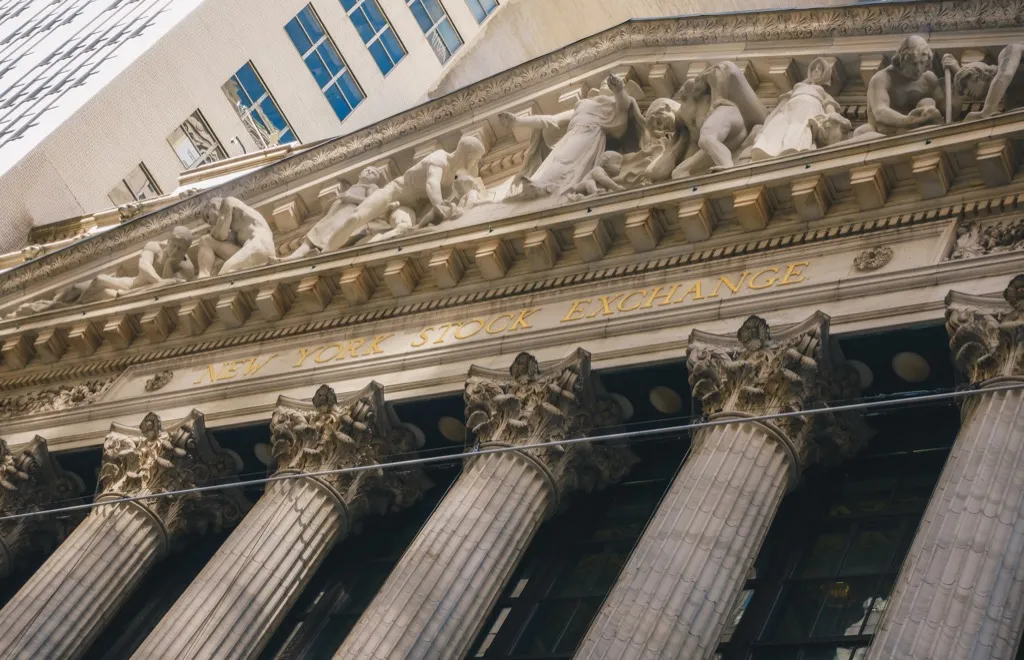
Black Tuesday, October 24, 1929, is still considered the most shocking stock market crash in U.S. history. Not just because of the financial devastation, but because of the bodies that apparently rained from the sky in New York and other cities, as financially ruined investors jumped from skyscrapers. Except, well, it didn’t really happen. There were only two suicides by jumping from tall buildings after the Wall Street crash, and one of them was an elderly female clerk named Hulda Borowski, who may or may not have made the leap because her stocks had plummeted.
11
Richard Nixon was an environmentalist.
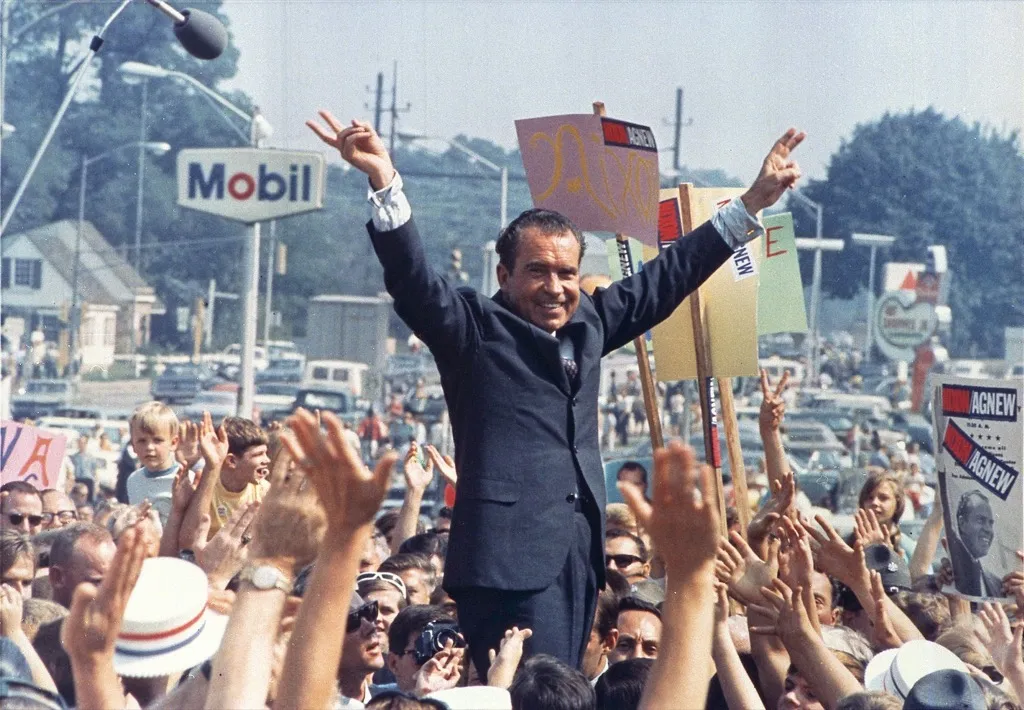
The 37th U.S. president, a man affectionately nicknamed “Tricky Dick,” did pass quite a bit of legislation during his administration that could be construed as environmentally friendly. His signature gave us the EPA and the Safe Drinking Water Act, among others. But then again, this was during a period when many U.S. rivers were on fire, and smog-filled air clogged the cities. (If you’re a president in a country that’s overrun with zombies, saying, “Hey, let’s do something about all those zombies” is not a bold stance.)
Also, Nixon once purportedly told leaders at the Ford Motor Company that environmentalists wanted to “go back and live like a bunch of [dang] animals. They’re a group of people that aren’t really one [dang] bit interested in safety or clean air. What they’re interested in is destroying the system.”
12
Pocahontas fell in love with John Smith.
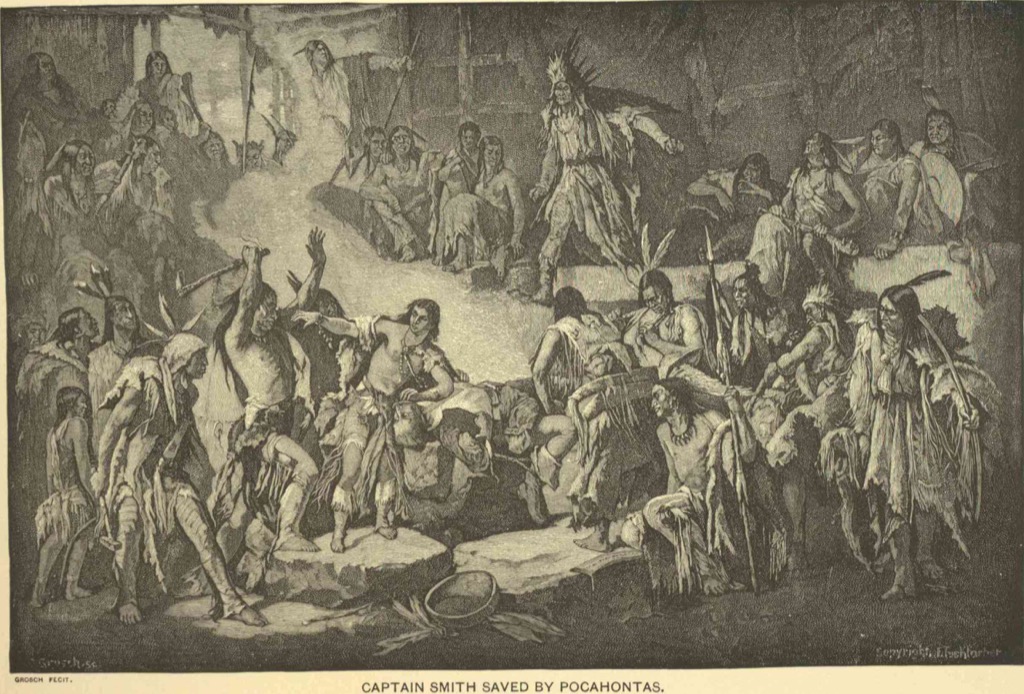
Never get your history for Disney movies. The essence of the Pocahontas/John Smith story is true. A young Native American girl did befriend an Englishman, and their relationship may have saved the Jamestown colony. But Pocahontas was just 12, which would make a romantic relationship with a 28 year old dude just gross, even by 17th century standards. Also, her real name wasn’t Pocahontas. That was just a nickname, roughly translated as “Little Playful One” or “Little Mischief.” Her more formal names—she had several—included Matoaka and Amonute.
13
Thomas Edison invented the electric light bulb.
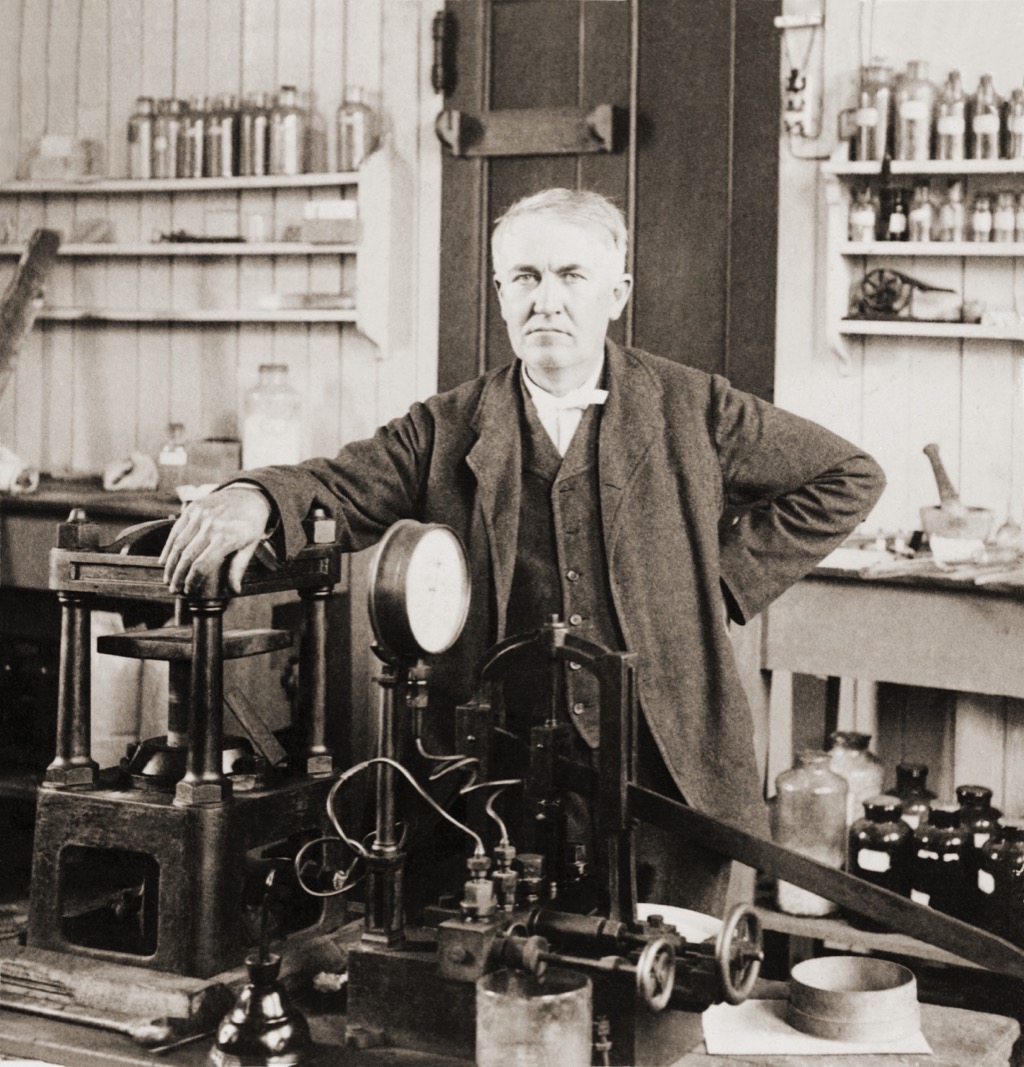
Edison had a record number of patents—1,093, to be exact—and the vast majority of them weren’t his own inventions. He was just a guy smart enough to find real inventors and steal their ideas before they could take the credit. Edison got the patent for the light bulb in 1880, but it’s true father was Warren de la Rue, a British astronomer and chemist, who created the first light bulb forty years earlier.
14
The War Of The Worlds caused mass hysteria.
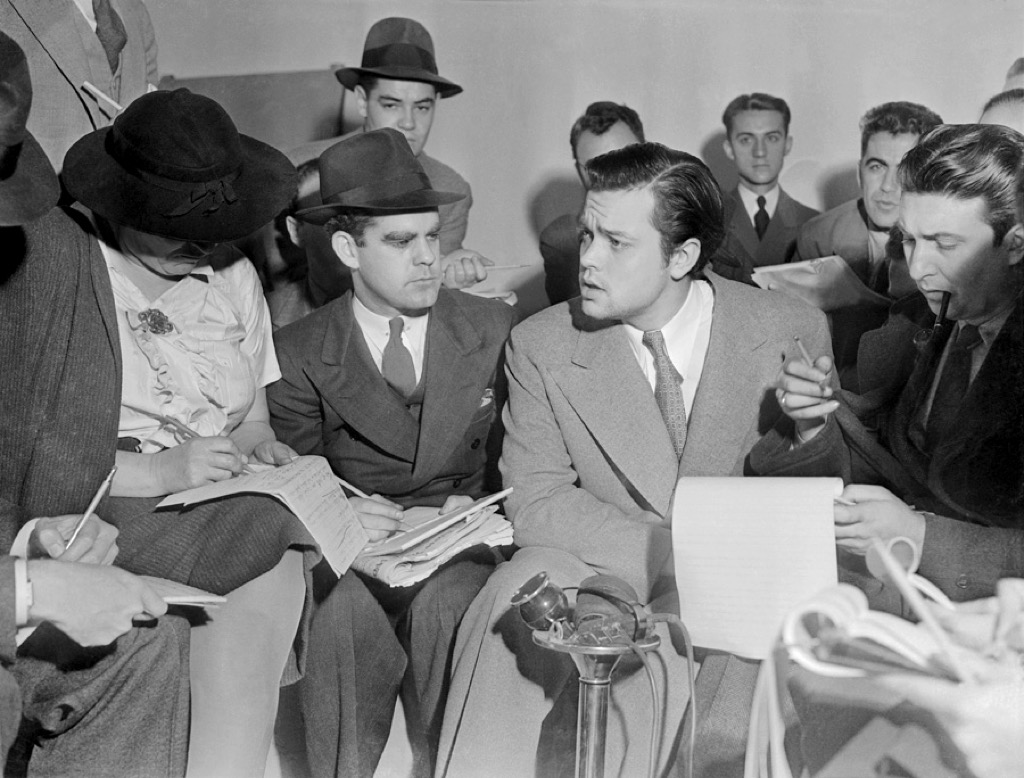
Orson Welles fooled the world with his 1938 radio broadcast, an homage to H.G. Wells that reported on a Martian invasion as if it was a thing happening in the real world. Thousands bought into the prank. Okay, hundreds. Fine, a baker’s dozen. At least one guy, a farmer, who may or may not have been coaxed into posing for a photo for Life Magazine while angrily brandishing a shotgun. The point is, Orson Welles tried to trick listeners into thinking we were under attack from extraterrestrials, and at least one guy in overalls believed him, so obviously mass hysteria!
15
Betsy Ross designed and sewed the first American Flag.
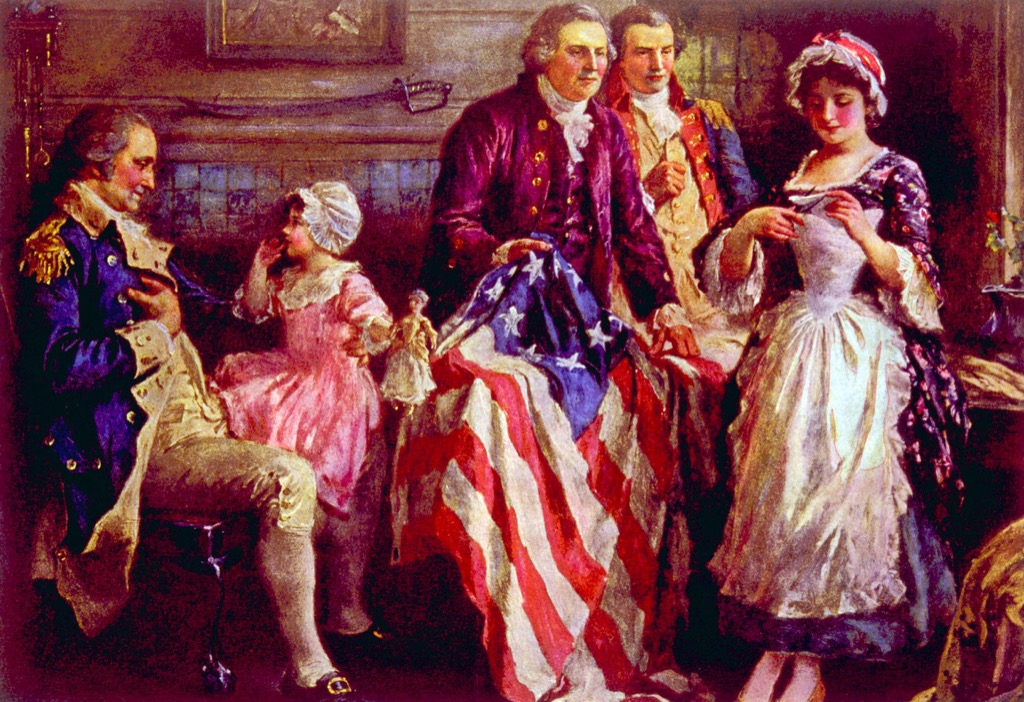
The only proof we have that Betsy Ross had anything to do with creating the American flag came from her grandson, William Canby, who argued in 1870—a full decade-plus since the events in question—that his “gam-gam” came up with the whole idea. You’ll forgive us if that sounds fishy. Betsy at least had one contribution to the flag; she suggested a five-pointed star instead of a six-pointed one because it’d be easier to sew. The real creator was likely Francis Hopkinson from New Jersey, who signed the Declaration of Independence and designed many seals for U.S. government departments. When he tried to get paid for coming up with the American flag, it was denied by the Board of Admiralty, on the grounds that “he was not the only one consulted.” Ouch!
16
Thanksgiving.
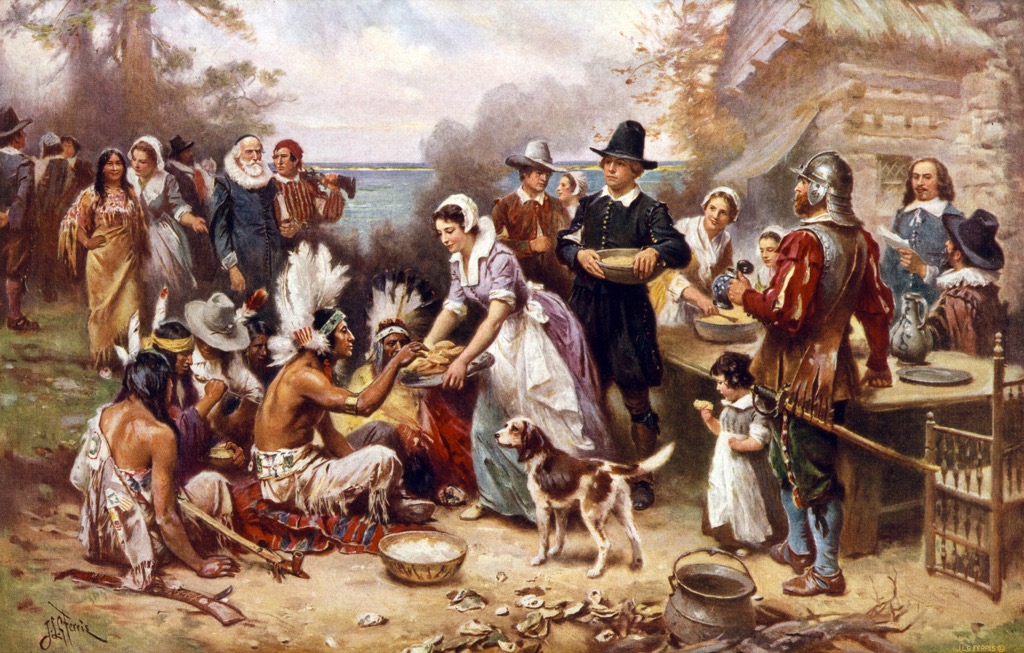
Pretty much everything you know about Thanksgiving isn’t true. The story we’re told, time and time again, is about Pilgrims having a happy meal with Native Americans, and everybody realizing, “Hey, we’re not so different from each other after all. Let’s have some turkey and stuffing to celebrate.” Nope. The real story involves plagues, and Pilgrims showing up because they thought the Native Americans were sick or dead, so it’d be easy to steal their food. It’s probably closer to the holiday experience many people experience today, with all the screaming and tears and accusations and hurt feelings. Just add in a lot more violence to make it a little more realistic.
17
Cars were invented in America.
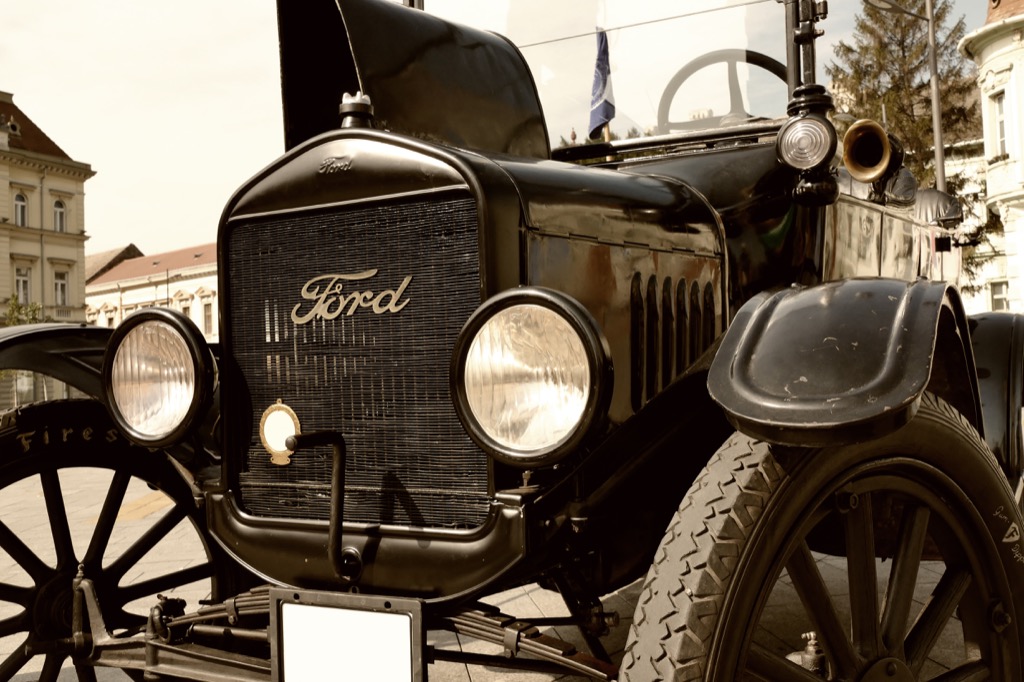
When we think of the first car, we think of Henry Ford’s Model T, first introduced in 1908. It was a swell automobile, but not by any stretch of the imagination the “first” horseless carriage. That happened back in the 19th century, when European engineers like Carl Benz and Emile Levassor were making automobile innovations that were light years ahead of Ford. Benz patented the first automobile in 1886. Ford wasn’t even the first to sell cars in the U.S. That would be Ransom E. Olds, who was selling Oldsmobiles in 1901 for the low price of $650.
18
Lincoln was 500 percent against slavery.
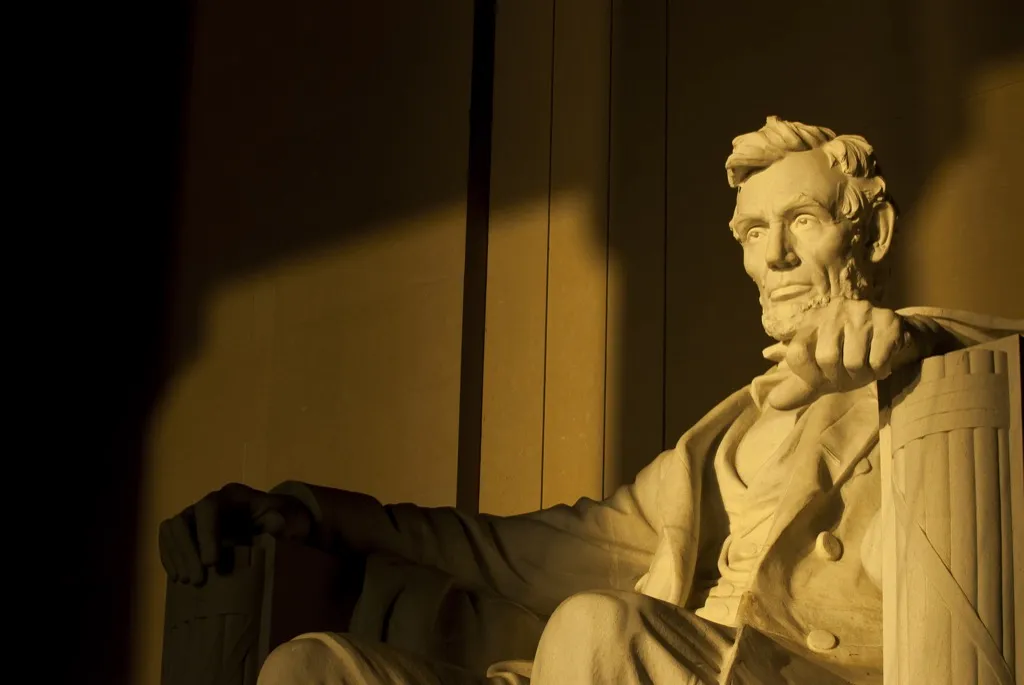
Abraham Lincoln may have given us the Emancipation Proclamation in 1862, but he had complicated and conflicting ideas about slavery. In an 1862 letter to a prominent newspaper editor, he shared these ambiguous emotions: “If I could save the Union without freeing any slave I would do it, and if I could save it by freeing all the slaves I would do it; and if I could save it by freeing some and leaving others alone I would also do that. What I do about slavery, and the colored race, I do because I believe it helps to save the Union.” So yeah, it’s fair to say that Lincoln freed the slaves. But it’s also fair to note that he was totally open to a plan B.
19
The Founding Fathers were Christians.
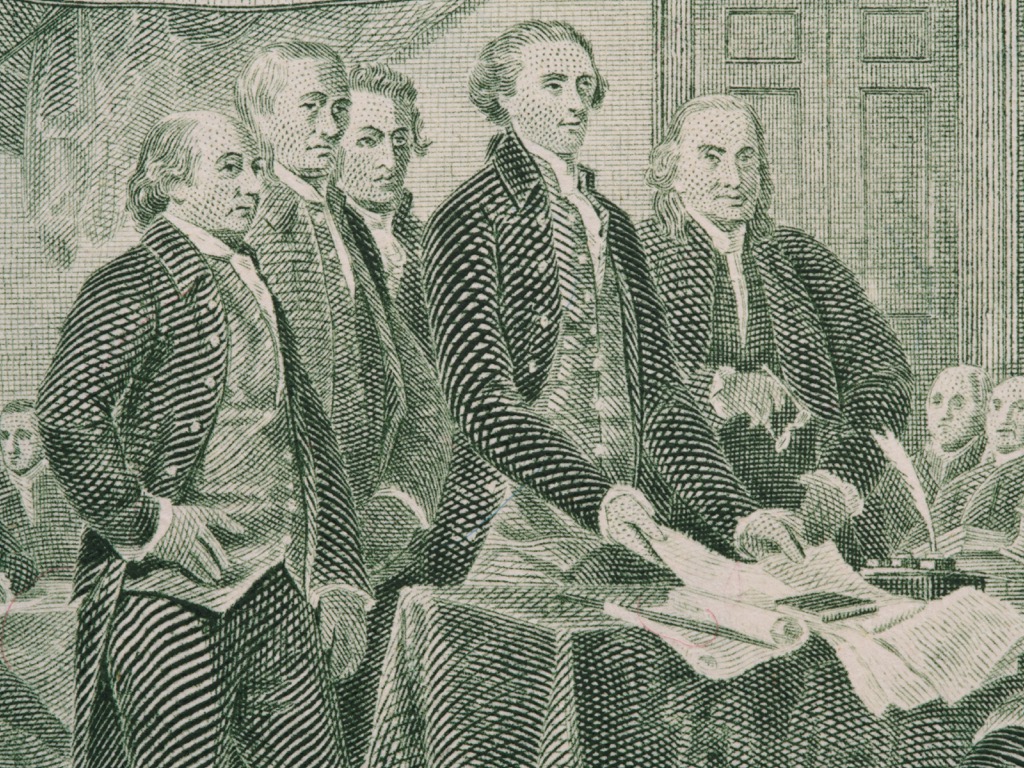
Not even close. Thomas Jefferson and Benjamin Franklin were deists, which means they believed in God but just not one with holy books and commandments written in stone. George Washington was an Episcopalian, though not a strong enough believer to summon a pastor on his deathbed. John Adams, a Unitarian, claimed that “The government of the United States is not, in any sense, founded on the Christian religion.” Also, there’s that weird pyramid with a single eye on the dollar bill. I mean c’mon! What is that about?
20
Einstein was bad at math.
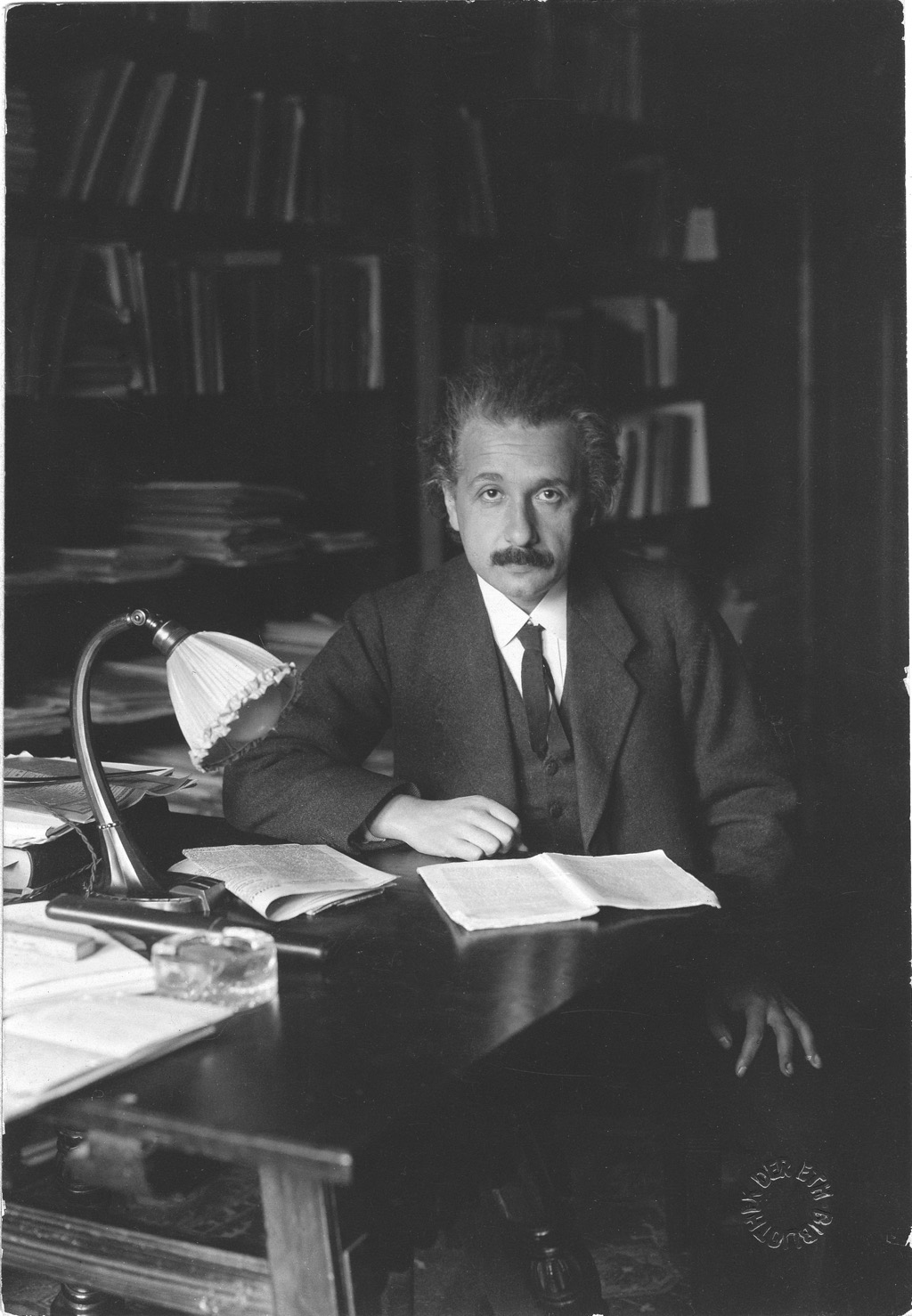
It’s one of those stories that people with bad grades love to tell. “Sure, I flunked my math test, but so did Einstein.” Yeah, sorry to burst your bubble, but that’s in no way true. Einstein was always brilliant, even at an early age. The story that he was terrible at math was invented by a Ripley’s Believe It or Not! newspaper column in the 30s, with the click-baiting-before-click-baiting-was-a-thing title “Greatest living mathematician failed in mathematics.” When a Princeton rabbi shared this story with Einstein in 1935, he just laughed and said, “I never failed in mathematics. Before I was fifteen I had mastered differential and integral calculus.”
21
The Battle of the Alamo was fought to keep America free.
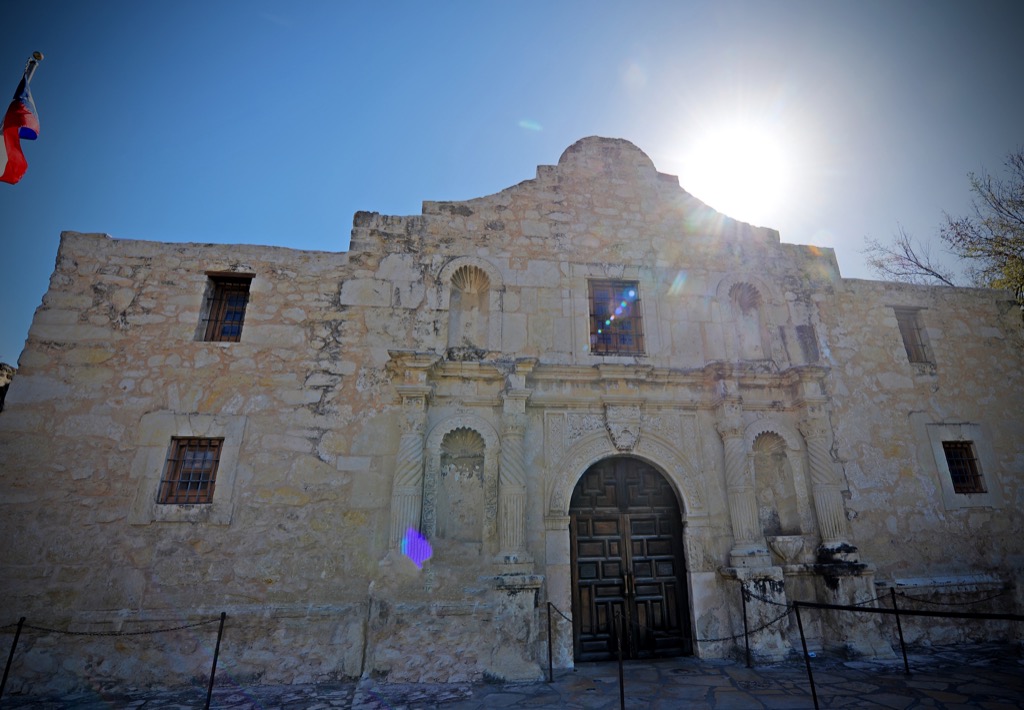
You think with the constant reminders to “Remember the Alamo” that somebody would’ve realized that what was being remembered maybe wasn’t all that noble. The 250 or more Americans who died at the Alamo weren’t fighting for freedom. Just the opposite, in fact. Texas was still technically part of Mexico after its War of Independence from Spain, but slavery was banned from Mexico in 1829, which didn’t make many Texans happy. They wanted to keep their slaves, and General Santa Anna was like, “Nope.” So they holed up in the Alamo in San Antonio until… you know the rest.
22
Feminists burn their bras.
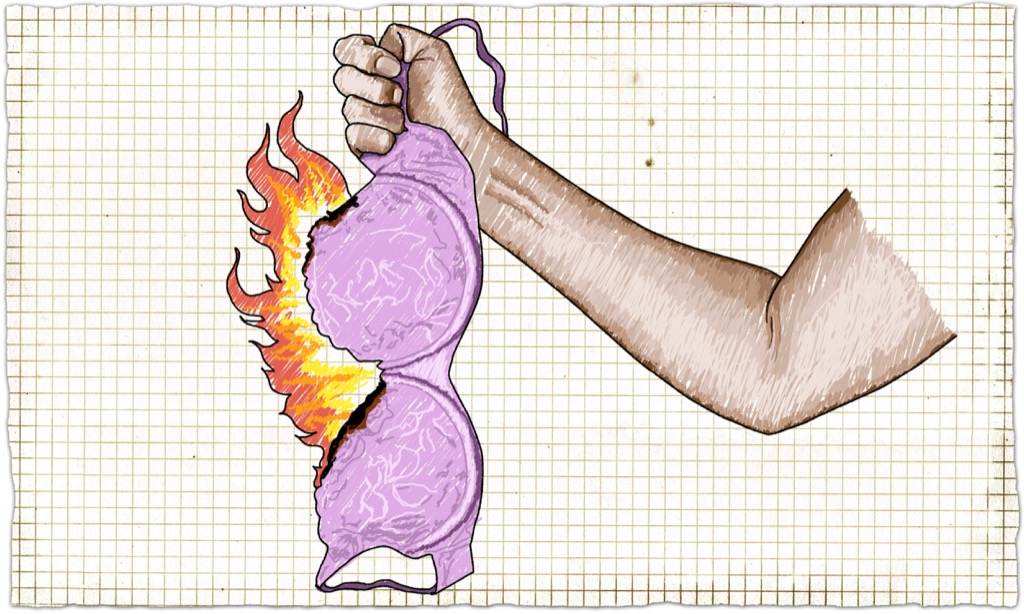
Where did we get the idea that feminists burn their bras? It likely started with the women’s liberation protest in Atlantic City, New Jersey, during the 1968 Miss America pageant, where bras (and other “instruments of torture” like girdles and high-heel shoes) were dumped into a trash can and set ablaze. But that was the first and last time a bra was burned in the U.S. as an expression of female power.
23
America Singlehandedly Beat Hitler.

The U.S. definitely played a huge part in defeating the Nazis in World War II. But we can’t take full credit. The Nazis were largely defeated by the Soviet Union. While the U.S. lost 1.3 million lives in World War II, the Russians lost a staggering 25 million.
24
The Puritans came to the New World seeking religious freedom.

The problem with that sentence is the “freedom” part. It all started in 1593, when the Protestant “Separatists” emigrated to Holland from England for the chance to practice their religious preferences without interference. The only problem? Holland allowed too much religious freedom, giving free reign to Judaism and Catholicism and even atheism. It was too much for their pure Puritan hearts. So they jumped on the Mayflower and went looking for a new world.
25
Charles Lindbergh was the first to make a solo transatlantic crossing in an airplane.

It’s a weird thing about a word like “first.” It makes everything seem more significant and special. When Charles Lindbergh took his solo flight between New York and Paris in 1927, it was definitely historic. And shouldn’t that be enough? Does it take anything away from Lindbergh’s flight to mention that another plane did it eight years earlier, in 1919, piloted by British aviators Alcock and Brown? They’d flown nonstop from Newfoundland to Ireland in a Vickers Vimy biplane.
26
The Wild West was violent, filled with gunfire, bank robberies, and murder.

Between 1859 and 1900, there were an estimated 12 bank robberies in the entirety of the so-called “Wild West.” And the grand total of gun-related murders in frontier towns came to about 1.5 per year. There could’ve been 1.5 gun-related murders in some U.S. cities today in the time it took you to read that last sentence. The infamous 1881 shootout at the OK Corral in Tombstone, Arizona, in which the Earp brothers exchanged gunfire with the Clanton-McLaury gang, had a body count of exactly three.
27
The “Star Spangled Banner” is an American tune composed in the U.S.
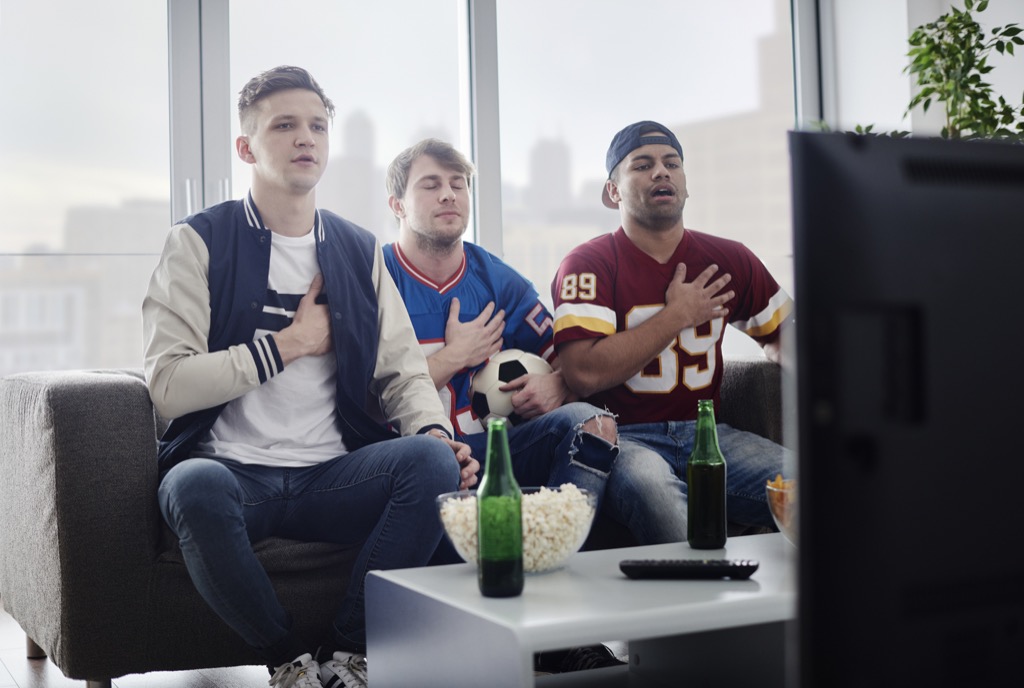
To be fair, the words were written in the U.S. by the poet Francis Scott Key. It was originally about Fort McHenry in Baltimore, which successfully fought off the British navy in 1814. But the music—the notes we all know by heart even when we don’t remember the words—was originally an old 18th century British drinking song called “To Anacreon in Heav’n,” about a men’s social club called the Anacreontic Society where there was a lot of booze and fiddle-playing, apparently. Some sample lyrics:
Voice, fiddle, and flute, no longer be mute,
I’ll lend you my name and inspire you to boot
And besides I’ll instruct you like me to intwine
The myrtle of Venus with Bacchus’s vine.
Not a lot of “our flag was still there” patriotism, but if you’ve ever garbled the song before a baseball game, you know the spirit is the same.
28
The Martini was was invented by a gold miner.
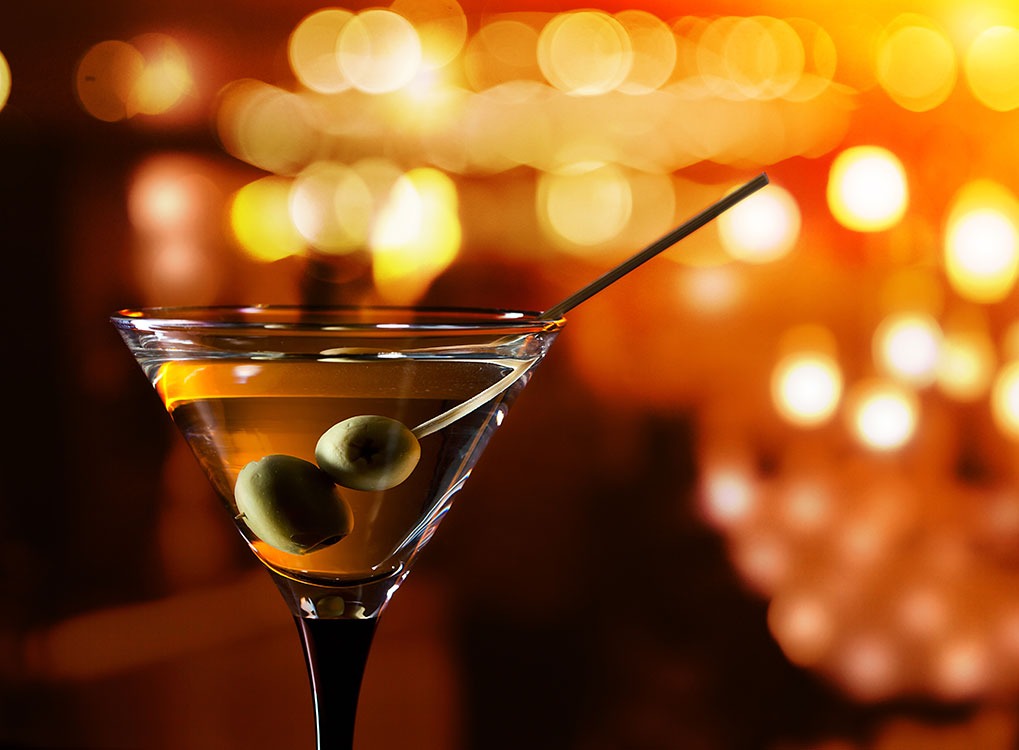
During the twilight of the Gold Rush, the story goes, a miner walked into the bar at the Occidental Hotel, in Martinez, California, and asked for the strongest drink conceivable (to dull the ache of coming home empty-handed). The bartender whipped together some gin and vermouth, splashed in some olive juice, and lo, the world’s most classic libation was invented.
Only, there’s no way to corroborate this tall tale. In fact, popular origin stories of the martini have been credited to Randolph Martine, a judge in New York (nope: he only drank Champagne); Alessandro Martini, founder of Martini vermouth (nope: he drank his stuff straight); and 19th century mixologist Jerry Thomas (nope: his version had red vermouth). The truth is that no one can credibly identify its history. As it stands, the martini is little more than a result of the collective, centuries-honed consciousness of the American spirit of innovation. Funny, then, that the drink’s most steadfast champion comes from across the Atlantic.
29
Johnny Appleseed is just a myth.

It turns out the myth of a myth can be a myth itself. Johnny Appleseed, the folkloric hero from the early days of our country, is a very real dude. His birth name: John Chapman. And, if you head to his hometown (Leominster, Massachusetts), you’ll even find a dedicated granite marker next to his birthplace. The whole street was renamed, too—though city planners stuck with his mythical moniker: Johnny Appleseed Lane.
30
“Houston, we have a problem.”
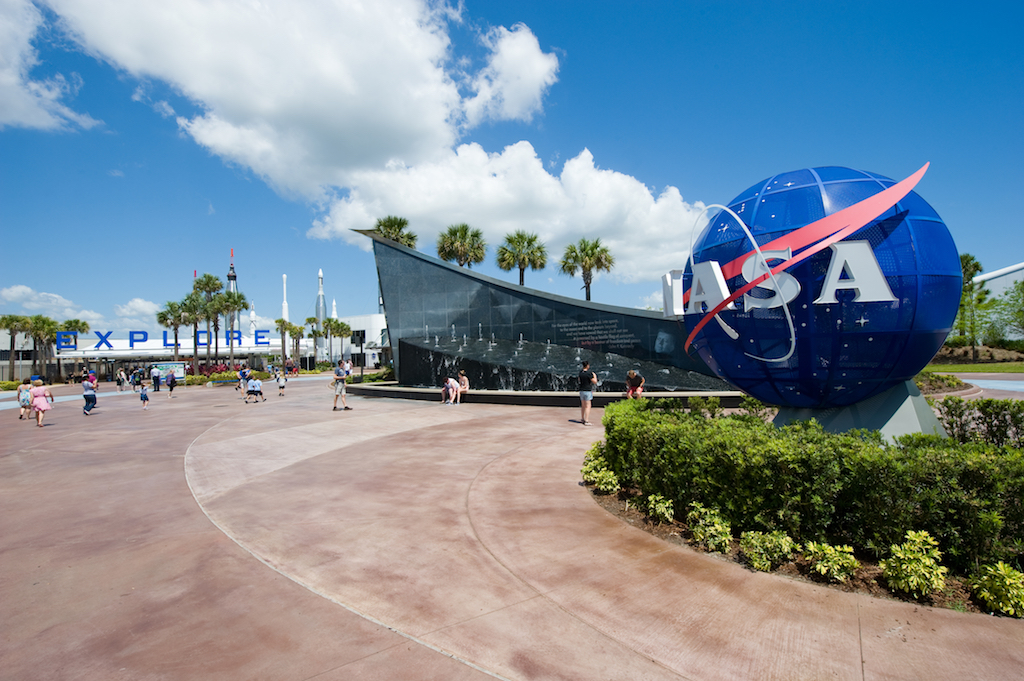
It’s a good line. It’s also an incorrect one. The actual utterance: “Houston, we’ve had a problem.”
31
The revolution kicked off with a bang.
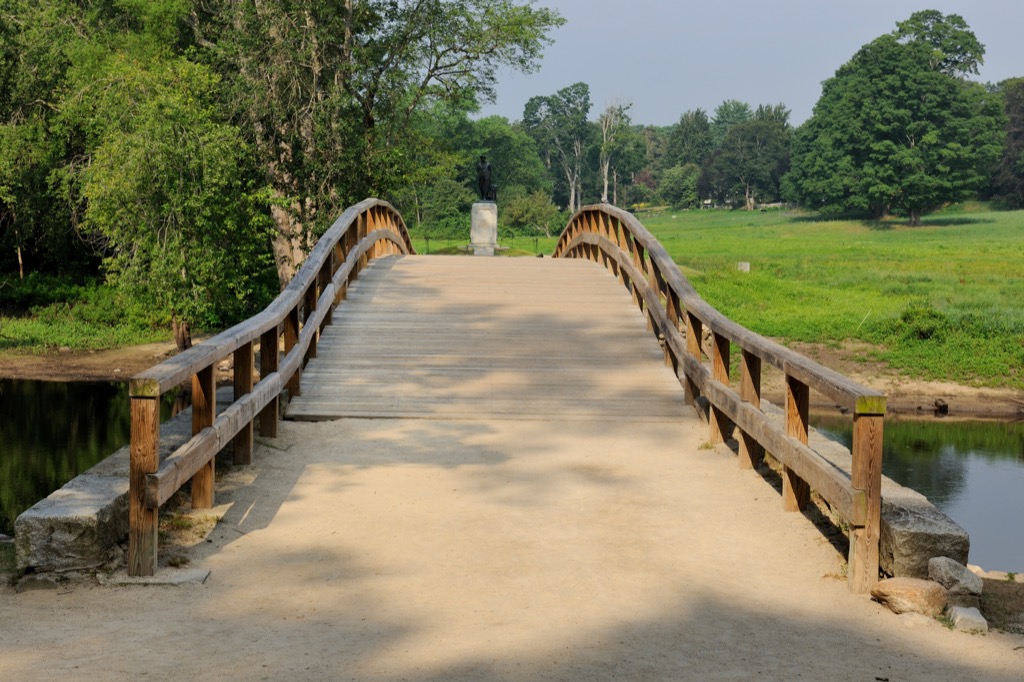
We’re all aware of the “shot heard round the world,” a phrase coined by Ralph Waldo Emerson to describe the first gunshot at the Battle of Lexington and Concord—and the spark for the Revolutionary War. As legend has it, that first musket shot marked the beginning of armed and violent conflict between the Colonies and the British. Not so. According to Ray Raphael‘s seminal Founding Myths, farmers had staged violent uprisings against Red Coats since 1774, an entire year prior to the Battle.
32
Walt Disney is cryogenically frozen.
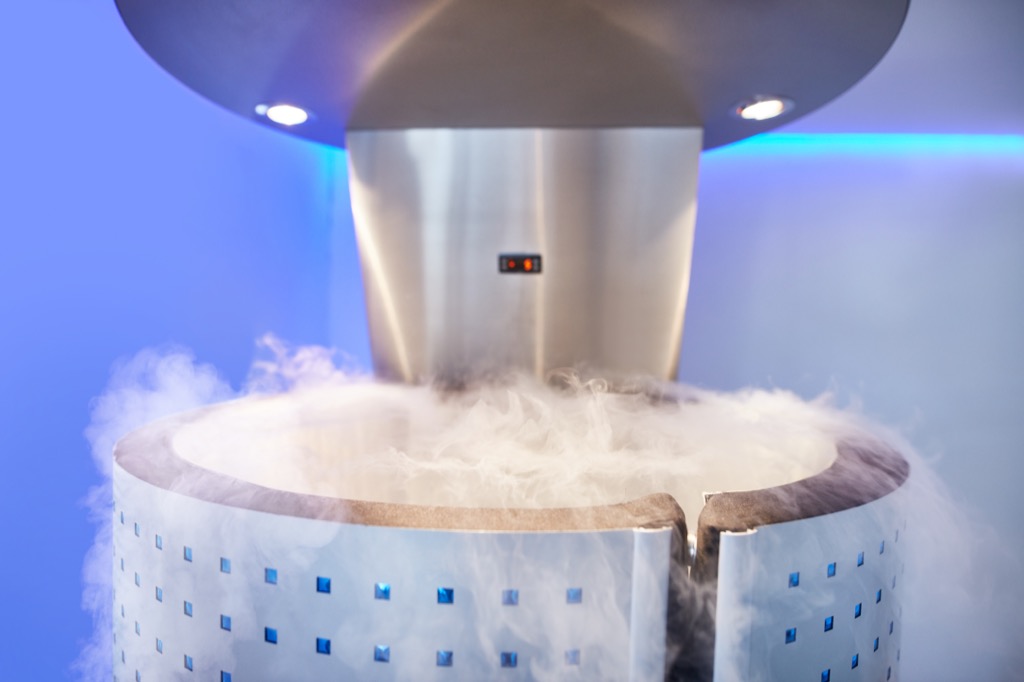
There’s a long-perpetuated myth that Walt Disney, after his 1966 death, had his body cryogenically frozen, with the intent to be revived once technology permits it. This rumor is demonstrably false. Disney was cremated, and his ashes were thrown to the wind at the Forest Lawn Memorial Lake. The first person to be posthumously frozen is James Bedford, in 1967. Bedford’s body is currently under lock-and-key with the folks at the Alcor Life Extension Foundation.
33
By the time we got independence, pirates stopped doing their thing.
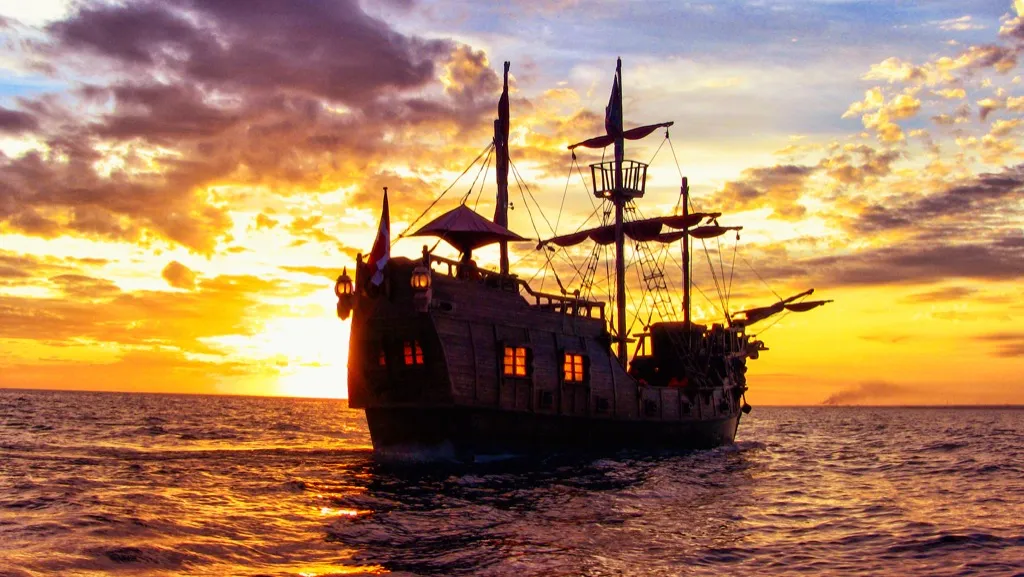
Hollywood and Treasure Island knockoffs would have you believe that, by the 18th century, pirates more or less wrapped up their whole “steal stuff and kill people” shtick. But pirates operated well into the 19th century. In fact, one high profile case, that of pirate Charles Gibbs, née James D. Jeffers, didn’t come to an end until 1832, when he was convicted of mutiny and murder, and hanged to death on Ellis Island. (Yes, that Ellis Island.) Of note: the prosecuting attorney happened to be the son of Alexander Hamilton.
34
There were 13 original colonies.
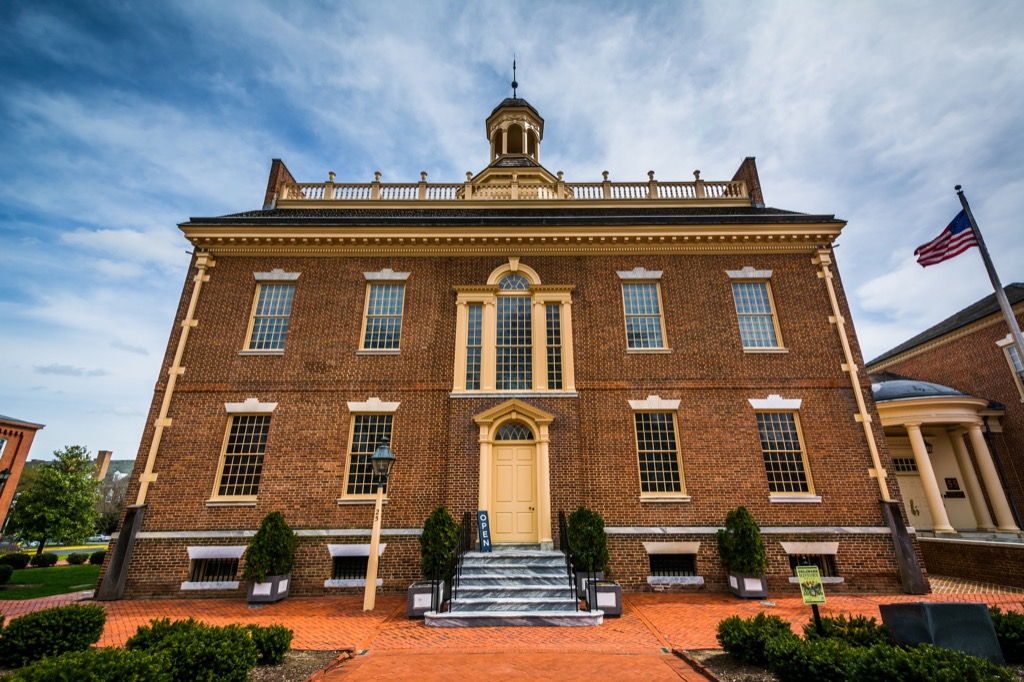
We’re taught that the United States of America, as we know it, spawned from thirteen original colonies. As it turns out, one of those colonies, Delaware, wasn’t officially a colony until 1776—just before, you know, the whole revolution thing kicked off. Before then, for the majority of the 18th century, it was a colony of Great Britain. And even further back, since its incorporation, Delaware was part of the Pennsylvania colony. There you have it: America’s original set was a dozen.
35
The Supreme Court has to have—and has always had—nine members.

When the Supreme Court was founded, in 1789, six justices sat on the bench. In 1807, that swelled to seven. Thirty years later, it jumped to nine. And in the throes of the Civil War, in 1863, the bench increased to ten before dropping down to nine again at the end of the decade: one for each circuit court. In other words, the nine-justice bench we’re so familiar with is not an in-blood constitutional mandate. Under the right political circumstances—one political party fully controlling the house, senate, and White House—the supreme court could grow to, theoretically, 10 or 11 or 12 or 13 or 30 or, really, as many members as a unified congressional front would allow.
In fact, in the 1930s, Franklin D. Roosevelt attempted to boost the bench to a whopping 15, but his plan was shot down in the senate.
36
The Liberty Bell crack happened on July 4, 1776.

Even the writers of Game of Thrones couldn’t pull off a plot point as convenient as this perpetuated myth: that enthusiastic patriots cracked the Liberty Bell by ringing it too hard on the day we declared independence. Historians have been able to trace the first crack back to the 1750s, though, and the large one we all know today is likely just a result of regular wear-and-tear.
37
William Taft got stuck in a bathtub.

William Howard Taft, the 27th POTUS, was by all accounts a massive man: at the height of his width, he clocked in at more than 350 pounds. As such, a popular legend has it that Taft once got stuck inside a White House bathtub. The truth of the matter is less fun. Taft’s staff special-ordered a bathtub large enough to comfortably sit four grown men—so large, in fact, that even a 350-pound behemoth couldn’t possibly get stuck. The bathtub myth likely stemmed from a post-presidency leisure visit to hotel New Jersey, as reported in a 1913 article in the Philadelphia Inquirer. Purportedly, Taft caused the tub in his room to overflow, leading to leakage in the first-floor dining room.
38
It’s illegal to burn the flag.

To be fair, it was illegal to burn the flag for the majority of American history. But the U.S. Supreme Court ruled, in 1989, in Texas v. Johnson, that preventing someone from burning the flag is a first amendment violation. (The Court upheld their decision in 1990’s U.S. v. Eichman.) That said, in certain times and places—say, a military funeral—the practice can be considered illegal.
39
Washington, D.C., has always been our capital.

Our first official capital city, in 1774, was Philadelphia. But in short order, our countries leaders bounced around and convened everywhere from large cities, like Baltimore and New York City, to less-esteemed locales, like Trenton, New Jersey, and Annapolis, Maryland. (Lancaster, Pennsylvania, holds the unique claim of being “capital for a day,” since the Second Continental Congress convened there for a single day on September 27, 1777.) The District of Columbia didn’t become the capital as we know it—set in stone, both by decree and sheer amount of statues and landmarks—until 1819.
40
George Washington was our first President.

Let’s end where we began, with our first president. Or our “kind of” first president. We all just naturally assume that George was number one.
During the American Revolution, several presidents were elected by the Continental Congress, the first being Peyton Randolph, who created the Continental Army. Thomas Mifflin, who was president between 1783 and 1784, oversaw the ratification of the Treaty of Paris. John Hancock, who became more famous for signing the Declaration of Independence, was the president between 1785 and 1786. George Washington was our first president to be elected by the people, but technically speaking, he was our 15th president.
If you want to get out of the past for a bit and re-examine some of the wilder things in our recent past that will make the history books, 20 Present Day Facts No One Could Have Predicted Five Years Ago will surely be a trip.
For more amazing advice for living smarter, looking better, and feeling younger, follow us on Facebook now!